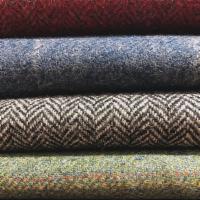
“Contrary to popular belief, English women do not wear tweed nightgowns.”
Hermione Gingold
The Need For Tweed
Dropping temperatures and shorter days make Fall a bittersweet time for most – we start to regret not spending more time at the beach and to dread the imminent onset of Winter. But, as always, there are plenty of reasons to celebrate the change in seasons; for me, one of the most concrete is the corresponding change in wardrobe. The shorts and linen shirts are packed away and replaced with corduroys, cashmere sweaters, and perhaps the most iconic of all Fall fabrics: tweed. Tweed embodies everything that makes the colder months so great for style – a seemingly endless variety of textures and patterns, versatility, and of course a nearly unparalleled ability to keep the wearer warm and dry.

Humble Origins
Like so many artifacts of style and branding, tweed’s origins lie in both necessity and a misunderstanding. In the early 1800s Scotland was a hub for the weaving of hardy, weather resistant woolen textiles used in the manufacture of clothing durable enough to withstand the famously inclement conditions of the British Isles. Originally called “tweel” (or twill in our modern parlance), the coarse, heavily textured fabric was mostly produced in a region of Scotland bordering the River Tweed – this fact, combined no doubt with a badly handwritten invoice or two, contributed to the rise of a cultural industry that persists to this day, albeit in a vastly different form.
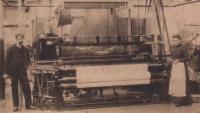
Tweed Today
Tweed was originally the cold weather garb of choice for Scottish and Irish farmers, hunters, and sportsman – the natural warmth and moisture repelling qualities of the fabric was ideal for working class figures who spent a great deal of time outdoors. Tweed overcoats, shooting jackets, trousers and the like were hard wearing and readily available, as great swathes of Ireland and Scotland’s local industry were dedicated to textile production. As time wore on, tweed lost some of its proletariat shine and was adopted by upper-class Europeans as something of a leisure and sporting uniform – British royals would (and still do) wear Savile Row tailored tweed suits while relaxing in the country, partly for the fabric’s practical benefits and partly, no doubt, in an attempt to blend in with the locals.
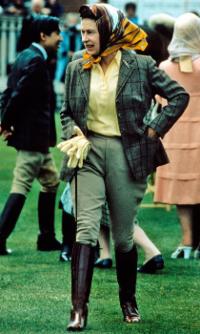
This eventually led to shift in the cultural perception of tweed – it went from a fabric of the common man to a more rarified indicator of class. The local British manufacture of tweed fabrics likewise narrowed as competition abroad grew – today the storied Harris Tweed mills in Scotland’s Outer Hebrides and the weavers of Ireland’s County Donegal are some of the last traditional producers of tweed.
Wearing It Well
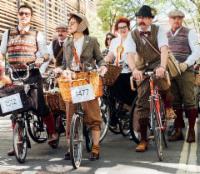
Despite this, it is easier (if not cheaper) than ever to incorporate tweed into one’s wardrobe – tweed jackets appear in the collections of brands ranging from retail outlets like The Gap and LL Bean to designer outfits such as The Row or Celine. You can purchase a voluminous old Harris tweed overcoat on eBay for pennies on the dollar (give or take a few moth nibbles) or drop some serious scratch on special edition Nike sneakers with Harris tweed paneling.
Regardless of your tastes, tweeds greatest charm is perhaps the ease of wearing it – it is endlessly versatile, mixing well with other fall fabrics like flannel, corduroy, denim, and just about any knitwear you can name. It can act as a foundation or an accent for an outfit: a heavily textured tweed blazer pairs well with jeans and leather shoes, lending depth and visual interest to an otherwise smooth and clean cut look. Tweed can be just as impactful in a more minimal application through accessories such as a cap or handbag.
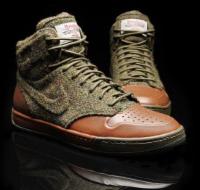
Tweediness. Timelessness.
The allure of tweed as a fabric and lifestyle indicator will endure season after season, anchoring cold weather outfits and insulating us against the harshest conditions fall and winter can muster. Because what could be more valuable than the guarantee of warmth, coziness, and reliability? Life is strange of late, and it means the world to have things which can be relied upon.
So What Else Is Good About Tweed?
Harris Tweed was commonly used as currency to barter with or pay rent in its earliest times, so even if you don’t favor tweed, that old jacket of your dad’s might be good for something after all.

A Little More About Marlin
Marlin Blansfield is a native Rhode Islander with an instinct for the antiquarian- clothing, furniture, you name it. He hopes you enjoy his small contribution to Marianne’s Closet Confessions.
Check back in the near(ish?) future for a part two exploring the possibilities of tweed in decor and design to bring that sense of rustic comfort from your wardrobe into your home.
And Now For A Little Music Before We Go…
“I think French women tend to keep it simple. I’d say try the less-is-more approach, which is not always easy to get right.”
Jeanne Damas



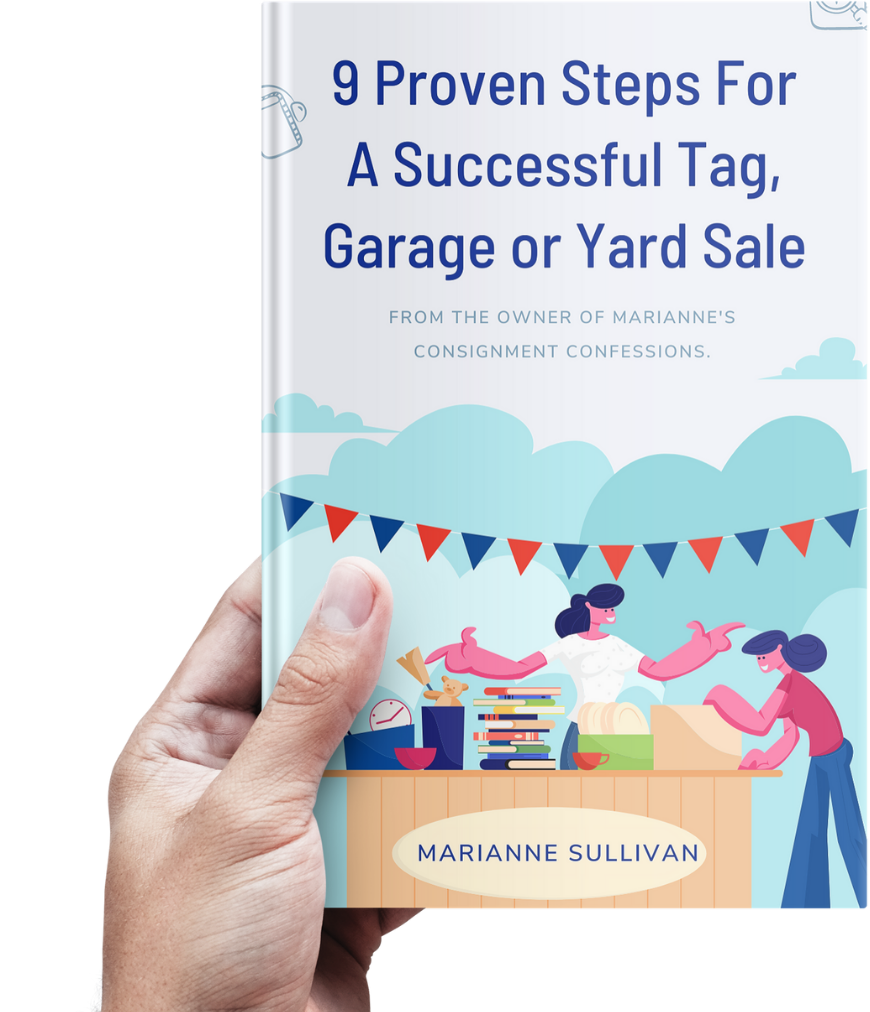


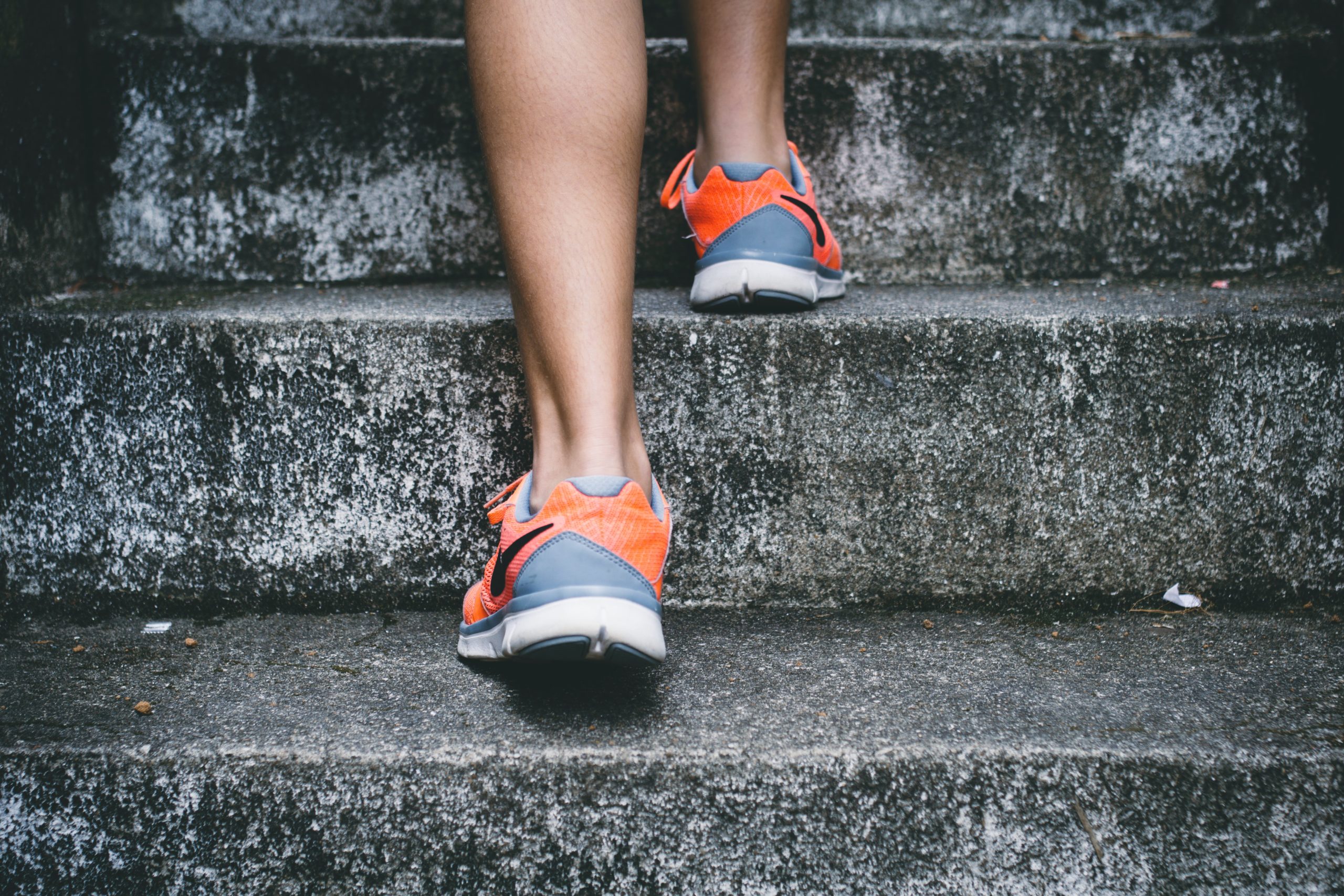

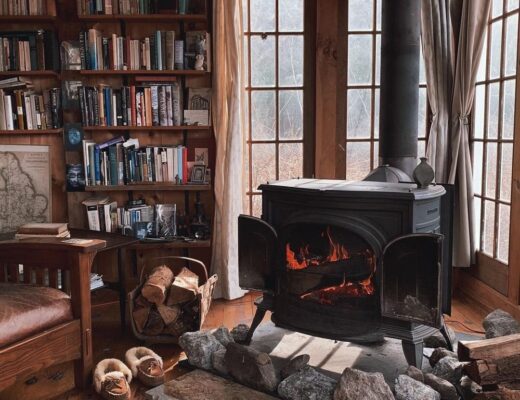
No Comments